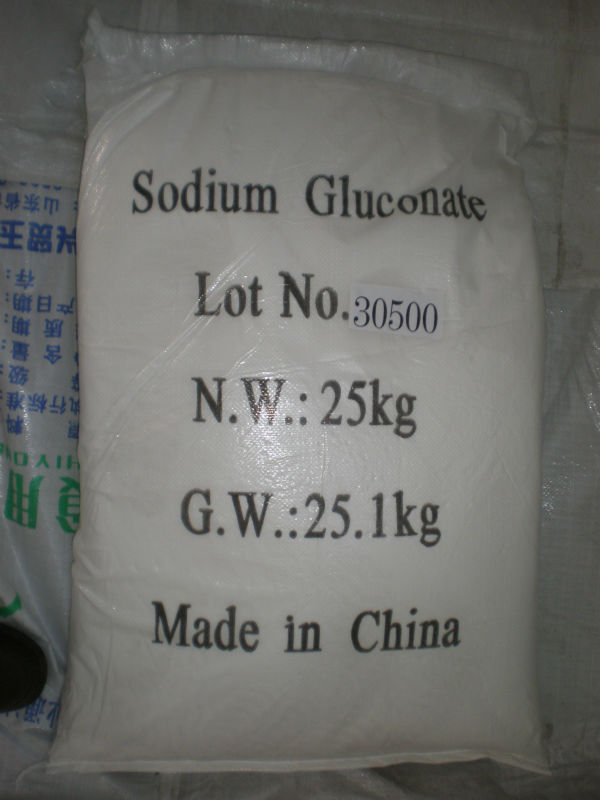Science: Essential genes have been revealed, eliminating malaria is just around the corner!
Science: Essential genes have been revealed, eliminating malaria is just around the corner!
May 8, 2018 Source: Biological Exploration of: Tierna
Window._bd_share_config={ "common":{ "bdSnsKey":{ },"bdText":"","bdMini":"2","bdMiniList":false,"bdPic":"","bdStyle":" 0","bdSize":"16"},"share":{ }};with(document)0[(getElementsByTagName('head')[0]||body).appendChild(createElement('script')) .src='http://bdimg.share.baidu.com/static/api/js/share.js?v=89860593.js?cdnversion='+~(-new Date()/36e5)];Plasmodium, especially Plasmodium falciparum, is one of the deadliest organisms on Earth, and its pathogenicity is largely due to its unique genomic composition. The majority of this parasite's genome is biased towards A-T base pairs (> 80%), making it difficult for scientists to apply basic molecular biology techniques to study them. Recently, a research team at the University of South Florida used the peculiar phenomenon of the Plasmodium falciparum gene to create 38,000 mutant strains, which in turn determined which biological genes are critical for their growth and survival.

Colorized scanning electron micrograph of red blood cell infected with malaria parasites. [NIAID]
The latest results were published in the journal Science on May 4th under the title "Uncovering the essential genes of the human malaria parasite Plasmodium falciparum by saturation mutagenesis".

DOI: 10.1126/science.aap7847
The complete genetic sequence of Plasmodium falciparum was identified more than a decade ago, but the function of most of its genes remains unknown. Previously, scientists produced only a few hundred mutant strains in the laboratory. The difficulty in manipulating Plasmodium falciparum is that the percentage of adenine and thymine in the genome is extremely high. Since the standard method of producing mutants relies on more genetic sequence variations, it does not work against Plasmodium falciparum.
In the latest study, scientists have created a mutated version of nearly 6,000 genes for almost all Plasmodium using a technique that preferentially targets adenine- and thymine-rich regions.
Specifically, the researchers used the AT richness of the P. falciparum genome to produce more than 38,000 P. falciparum mutants. At this level of mutagenesis, researchers can distinguish essential genes as non-exchangeable genes and variable genes.
“We calculated mutagenic index scores (MISs) and mutagenic fitness scores (MFSs) to functionally define the relative fitness costs of disrupting 5399 genes.†The authors point out. The A competitive growth phenotype screen confirmed that MIS and MFS can predict the fitness cost for in vitro asexual growth. Genes that are predicted to be essential include genes related to drug resistance (such as "K13" Kelch propeller, mdr, dhfr-ts) and targets considered to be of high value for drug development (such as pkg and cdpk5). This screening also reveals essential genes that are specific for human Plasmodium but not found in rodent-infected species, for example, lipid metabolism genes that are critical for transmission in human infections.
It is important to emphasize that the computational analysis used in this study is able to distinguish between non-essential genes (those that may be mutated) and essential, non-mutated genes. In the asexual blood stage of Plasmodium, approximately 2,600 genes are considered essential for their growth and survival, including targets related to the ability of Plasmodium falciparum to resist antimalarial drugs, which also indicates that these genes will become new Highly preferred targets for improved or improved antimalarial compounds.
"Determining more than 2,680 essential genes, including about 1000 Plasmodium-conserved essential genes, will be valuable for antimalarial treatment research," the authors conclude.
References: 1) Malaria's Essential Genetic Repertoire Revealed
Molecular formula: C6H11O7Na
Molecular weight: 218.14
Properties: white crystalline granule or powder, easy to dissolve in the water
Standard:
Quality standard
Item standard
Industry grade: food grade
Identification in: accordance with standard
Assay: ≥98.0%, 98.0 - 102.0%
Loss on dry: ≤0.50%; ≤0.30%
Reduzate: ≤0.70%; ≤0.50%
pH: 6.2 - 7.8; 6.2 -7.8
Sulfate: ≤0.05%; ≤0.05%
Chloride: ≤0.07; ≤0.07
Pb: ≤2μg/g; ≤1μg/g
Arsenic salt: ≤2μg/g; ≤2μg/g
Heavy metals: ≤10μg/g; ≤10μg/g
Appearance of solution (1.0g, 10ml water): colorless, almost clear
Usage:
1, In the medicine field, it can keep the balance of acid and alkali in the human body, and recover the normal operation of nerve. It can be used in the prevention and cure of syndrome for low sodium. In this purpose, it also can be used as Food Additives
2, It can be used as water quality stabilizer because it has excellent inhibiting capacity to scale
3, Used as surface cleaning agent of metal
4, Used as cleaning agent of glass bottle
5, It also can be used as water reducing agent and retarder in the building industry
Packing: 25kg in plastic film bag lined plastic woven bag, or following your demand

Sodium Gluconate,Nano Silica,Concrete Retarders Sodium Gluconate,Construction Chemical 99% Sodium Gluconate
Shandong Tiancheng Chemical Co., Ltd. , https://www.tianchengchemical.com